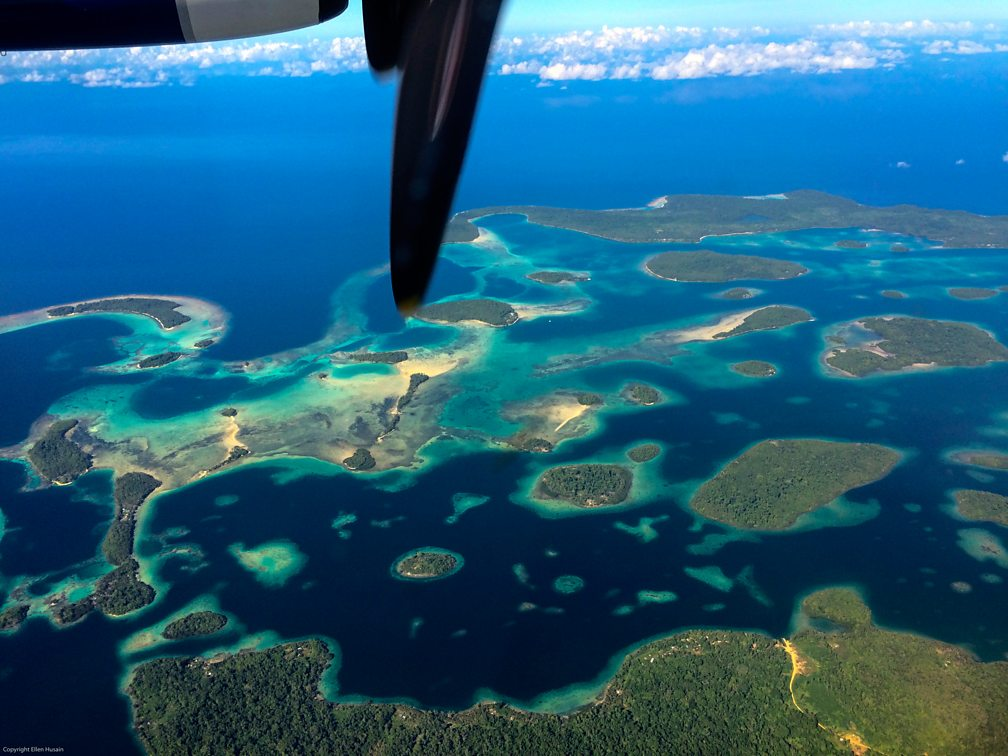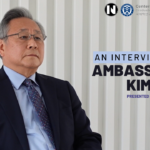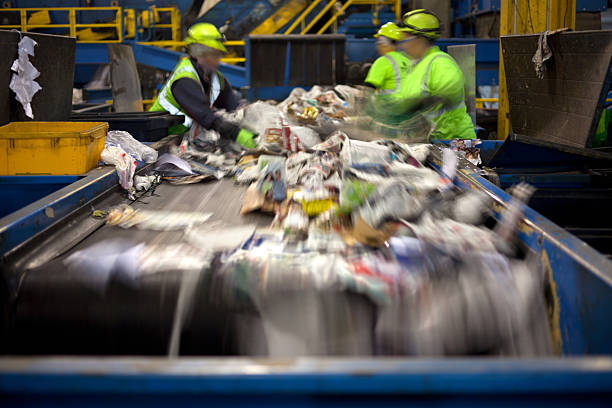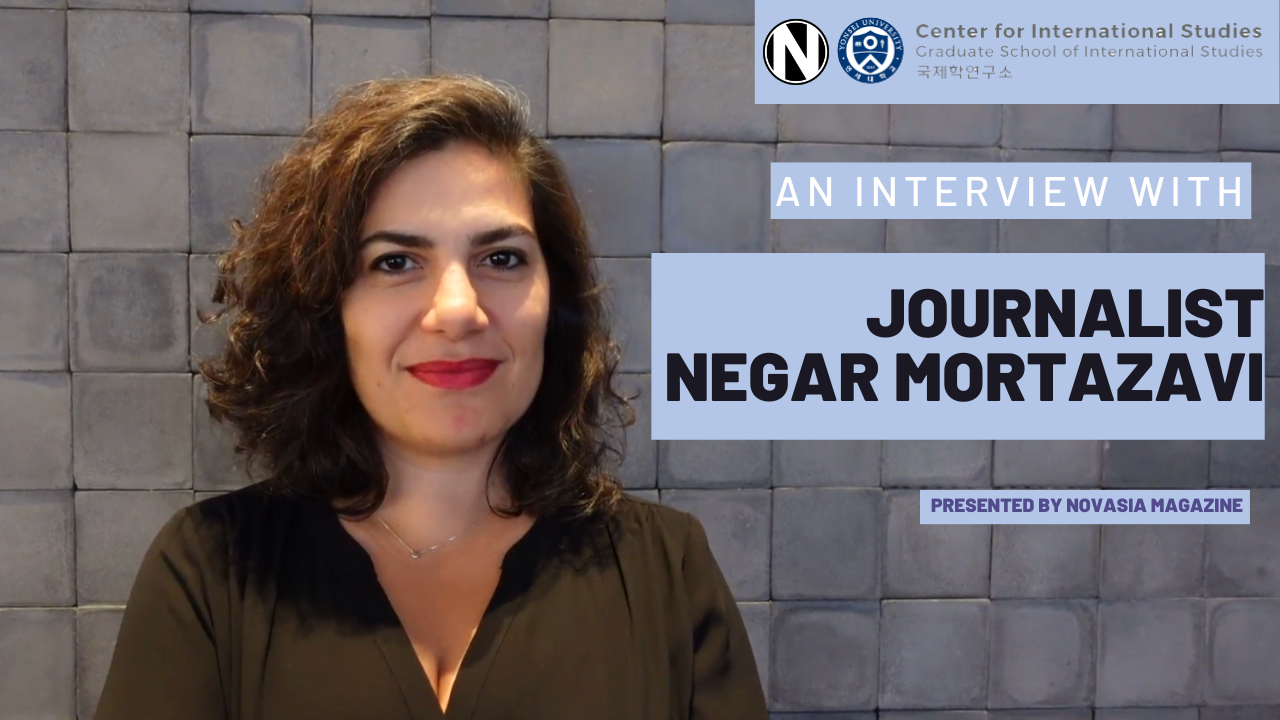Last year, a group of law students from the University of the South Pacific in Fiji put together a petition to hold governments from the leading polluting countries around the world, such as the U.S. and China, legally accountable for the effects of climate change.
“We decided to do something and rather than going for the lowest hanging fruit, we aimed for the most ambitious one: getting a legal solution for climate change,” says Solomon Yeo from the youth-led organisation Pacific Islands Students Fighting Climate Change (PISFCC).
The Vanuatuan government decided to jump on board and took their petition all the way to the UN. Vanuatu is a country of 300,000 people that has experienced extreme weather conditions in recent years, destroying communities and taking an enormous toll on the country. This is why Vanuatu decided to take the students’ petition to countries all over the world seeking signatories to sign onto the climate resolution. Before long, they gained support from 133 of the 193 UN member states (absent countries included China and the U.S.).
The UN has since passed the resolution onto the International Court of Justice in order to make a ruling on what obligations a state must meet when considering the impact of climate change on its people. This is the first time in history that the world’s highest court has been asked to clarify the role of states in protecting the climate and adjudicating as to whether there should be legal ramifications.
The reverberations of this Resolution have been felt most in the Pacific. In recent years, Pacific Island Countries have been fighting an existential crisis. Because of the perils of climate change, their countries may no longer exist in the near future. Complicating this crisis exponentially is the fact that they are locked in the grips of a power struggle between the two biggest powers (and polluters) in the world – the United States and China.
But why are China and the U.S. so interested in the region? And how can Pacific Island countries, some with the population of a small soccer stadium, find any agency while being embroiled in a fierce power competition?
Let’s find out.
Background on Pacific Island Countries
In the Pacific, there are 30,000 islands, with about 44 million people, spanning across 14 sovereign Pacific Island countries. Some of these countries are more well known, such as Papua New Guinea and New Zealand, and others not so much, such as Nauru and Palau. The Pacific includes three regions: Polynesia, Melanesia, and Micronesia; as well as the continent of Australia (see map below).

Based on: Vaka Moana: Voyages of the Ancestors – the discovery and settlement of the Pacific, ed K.R. Howe, 2008, p57
Once you look at this map, you can begin to understand why Pacific Island countries have become a source of strategic competition between China and the U.S. When combining all the countries in the region, they cover 15% of the earth’s surface. This includes crucial shipping routes for sea trade and economic prosperity. From a security perspective, if you look at the northern part of the map seen above, you will be able to see Hawaii and so from a U.S. point of view, protecting the Pacific region is vital. To put it another way, Micronesia lies in China’s backyard near Taiwan, while Polynesia lies in the United States’ backyard. Therefore, from a security perspective, and from a resource or trade perspective, the Pacific region is important for both powers.
This might lead you to think that since Pacific Island Countries are important in so many different ways, then surely they’d have a platform to reap the rewards. Maybe this would ordinarily be true, aside from the fact that there is a very real chance they may no longer exist within the next two or three decades. From the perspective of Pacific countries, they have to ask themselves: how do you reconcile shaking hands with the two leading polluters in the world? From their perspective, China and the U.S. must surely bear an element of responsibility when considering the damages to the Pacific.
Across the region, 50,000 people are being displaced every year as a result of climate change-induced weather. Increased temperatures have also increased the frequency of cyclones – Vanuatu experienced a devastating cyclone in 2015 and another in 2020. Pacific Island Countries are low-lying countries, some of which lie a mere five metres above sea level. Five islands, which are part of the Solomon Islands archipelago, have already vanished under rising seas – one of the islands had a village with 25 families living on it. For countries like the Solomons, climate change is not a crisis for the future – it is here now.
Here they are, bearing the costs, even though the entirety of the Pacific Island region emits less than one percent of global emissions.
U.S. and China Influence in the Region
Alongside these developments, China and the U.S. are circling – they want to protect their ‘backyards’. For example, last year, the Solomon Islands signed a security agreement with China. In response, the U.S. sent National Security Council Coordinator, Kurt Campbell, to the Pacific. During his tour of the Pacific Island Countries he spoke about his concern relating to China’s ‘military power projection in the region.’ Following this, in May 2022, China’s Foreign Minister, Wang Yi, toured the Pacific region to do some hand wringing and meet with government officials across ten countries. During his visits, he pitched security and development pacts. The U.S. and its allies, such as Australia and New Zealand, feared this tour was a further attempt by China to gain a foothold in the region, causing division within Pacific countries who have typically been aligned with the U.S.

Source: Ellen Husain
One country who has experienced increased efforts from China is Micronesia. Recently, the outgoing Micronesian President, David Panuelo, penned a public letter alleging that China’s Ambassador had attempted to blackmail him with envelopes full of cash and trips on private planes in order to win favour. Micronesia is located near Taiwan, and it is therefore in China’s interests to win the alignment of Micronesia. When blackmail didn’t work, President Panuelo alleges that he was followed by officials from the Chinese Embassy. The situation became so dire, and the phone calls so incessant, that President Panuelo had to change his phone number in order to duck calls from China’s Ambassador.
In recent years, U.S. strategy has folded the Pacific into the ‘Indo-Pacific’ region. Expanding from the Pacific coastline to the Indian Ocean, this region contains half of the world’s people and nearly two-thirds of the world’s economy. From the perspective of the U.S., it is this region that will be the battleground for U.S.-China competition. However, if you speak to someone from a Pacific Island Country they will probably tell you they want nothing to do with the Indo. From their perspective, their needs and values are specific to the Pacific.
Pacific Island Countries: An Underdog Story
So, how can Pacific Island Countries fight back? How could they possibly have any kind of agency when pitched against the two biggest economies and global powers in the world?
First of all, Pacific countries know the value of unity. Back in 1971, they formed the Pacific Islands Forum which comprises of 18 members from across the region. Last year, they announced a 2050 Strategy for the Blue Pacific Continent with the goal of relaying a united approach to challenges in the region ranging from climate change to how to address being wedged in between two great powers.
Part of the agreement reads: ‘as Pacific leaders, our vision is for a resilient Pacific Region of peace, harmony, security, social inclusion and prosperity, that ensures all Pacific peoples can lead free, healthy, and productive lives.’
This is the backdrop behind Vanuatu’s move to gather UN signatories behind a climate change movement. The UN has since passed the Vanuatu-led resolution onto the International Court of Justice in order to make a ruling on what obligations a state must meet when considering the impact of climate change on its people. This is the first time in history that the world’s highest court has been asked to clarify the role of states in protecting the climate and adjudicating as to whether there should be legal ramifications.
When considering how Pacific Island Countries are dealing with an existential crisis while also facing up against the might of China and the U.S., it is easy to think that they don’t stand a chance.
However, this UN Resolution shows how we should avoid making hasty conclusions about Pacific Islands lacking autonomy. They should not be underestimated.
- “I Love My Body”: Hwasa and Female Empowerment in K-Pop and Korean Society - May 6, 2025
- English Fever in South Korea - February 24, 2025
- South Korea’s Medical School Expansion – Cure Worse than the Disease? - October 20, 2024






